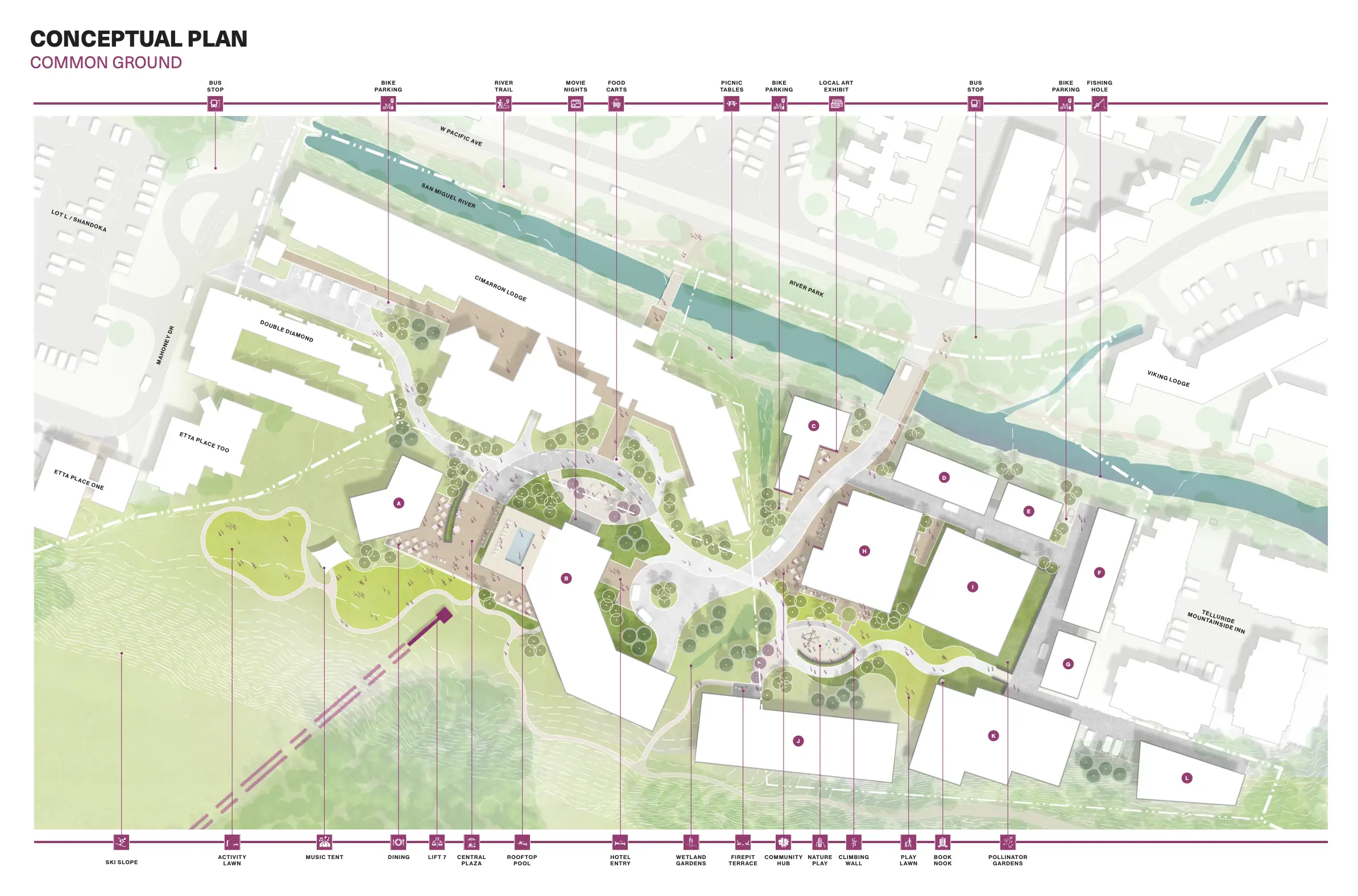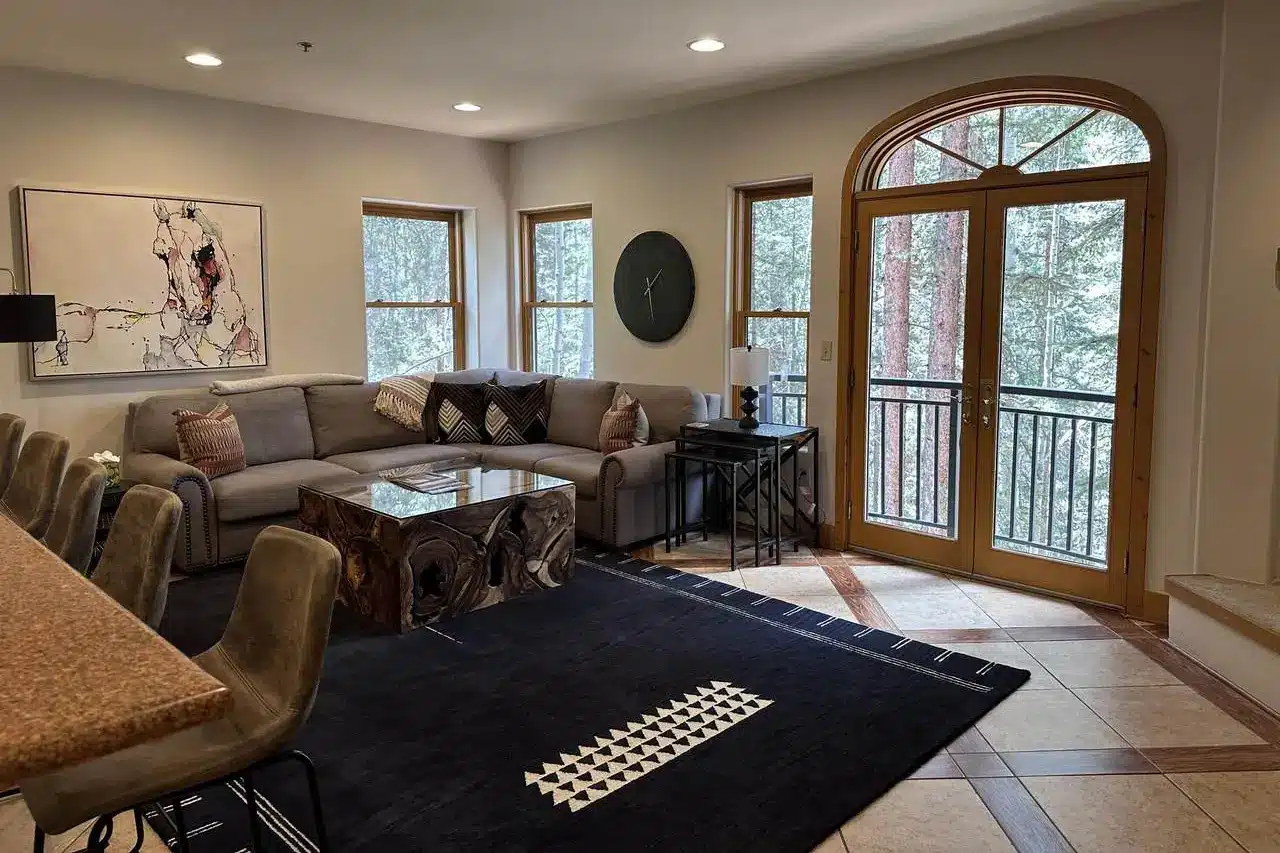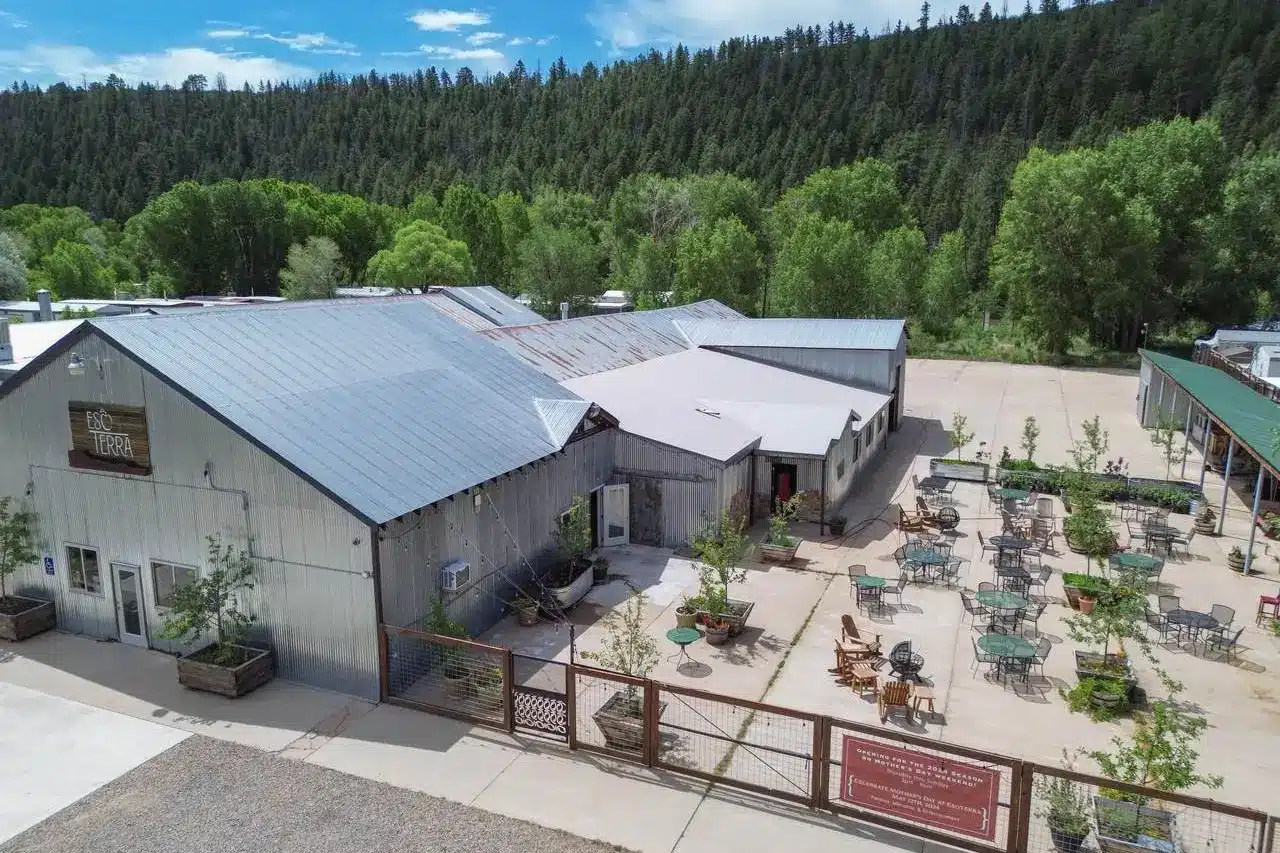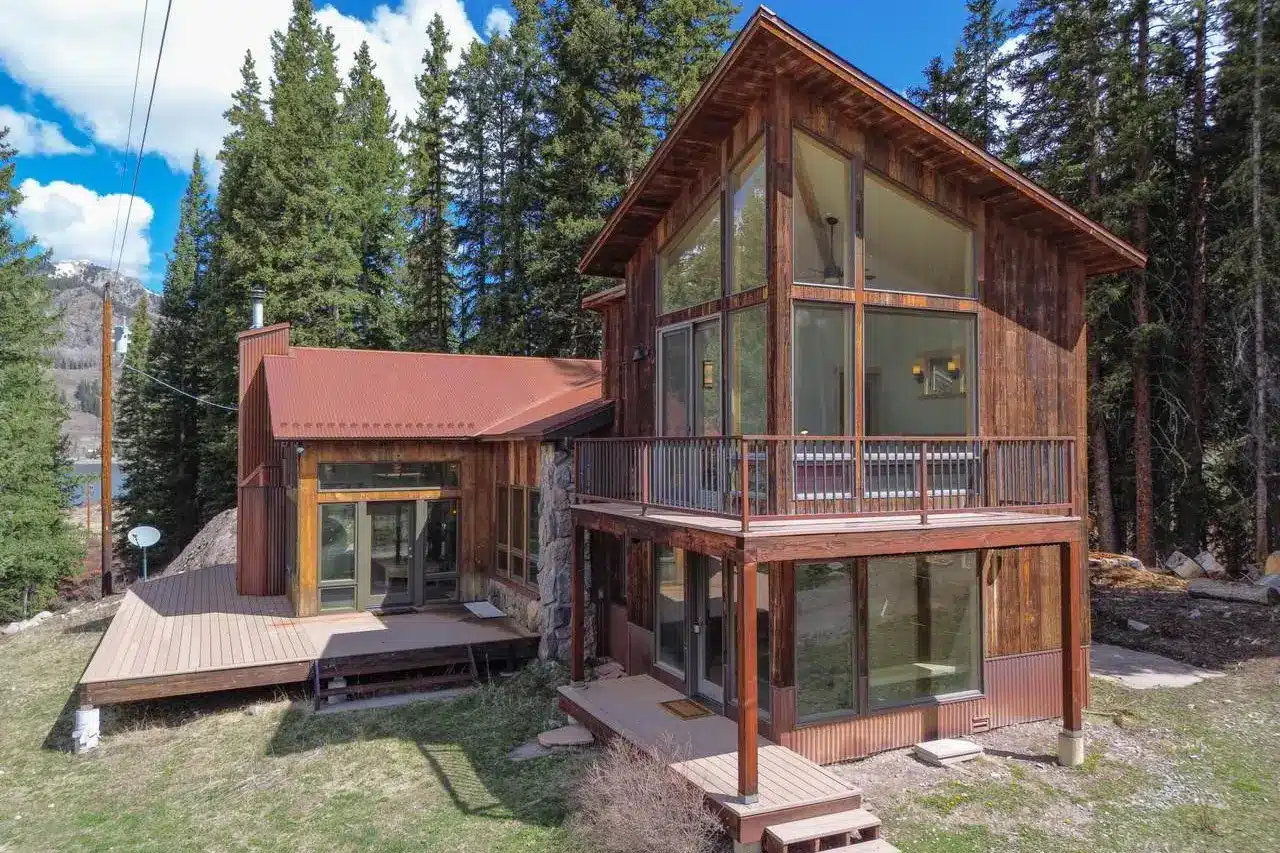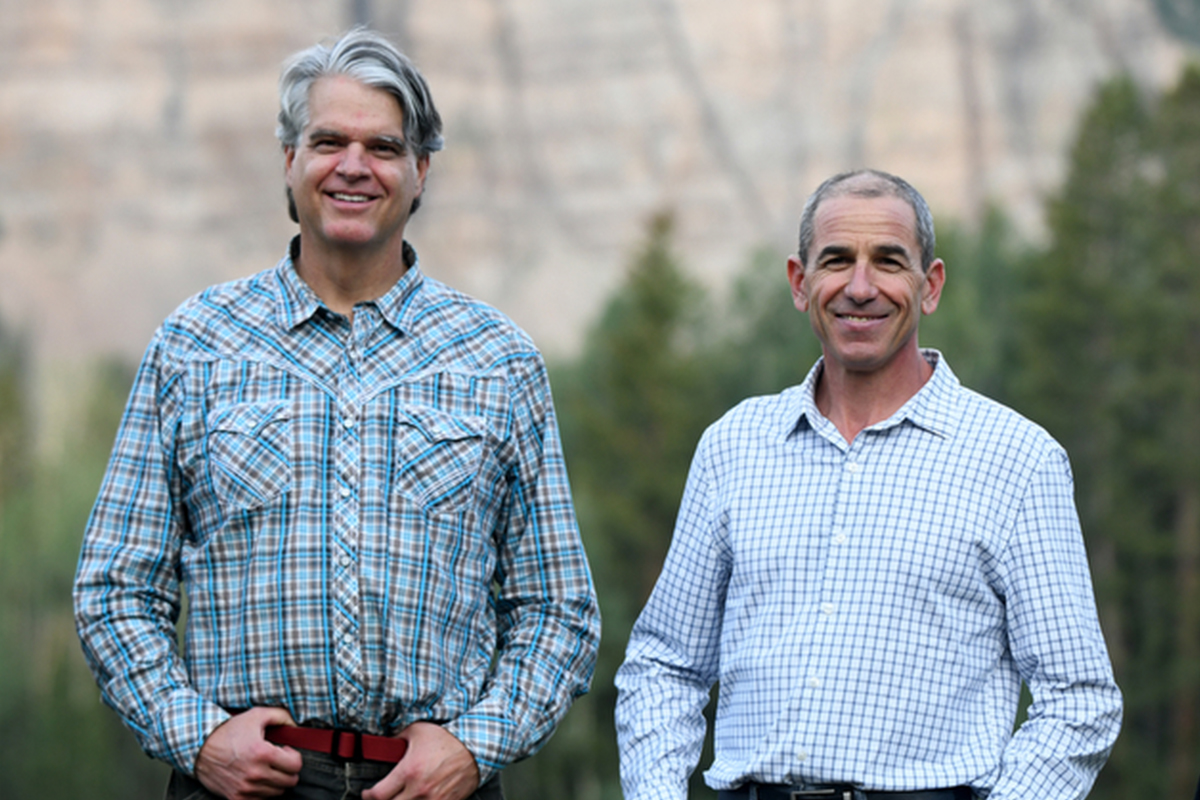In America, it’s starting to feel as if there are two housing markets. One for the rich and one for everyone else.
Consider foreclosure-ravaged Detroit. In the historic Green Acres district, a haven for hipsters, a pristine, three-bedroom brick Tudor recently sold for $6,000 — about what a buyer would have paid during the Great Depression.
Yet just 15 miles away, in the posh suburban enclave of Birmingham, bidding wars are back. Multi-million-dollar mansions are selling quickly. Sales this August were up 21 percent from the previous year. The country club has ended its stealth discounts on new memberships. And Main Street’s retail storefronts are full.
“We’re getting more showings, more offers and more sales,” says Ronni Keating, a real estate agent with Sotheby’s International.
Think of this housing market as bipolar. In the luxury sector, the recession is a memory and sales and prices are rising. But everywhere else, the market is moving sideways or getting worse.
In the housing market inhabited by most Americans, prices have fallen 30 percent or more since the peak in 2007. That’s a steeper decline than during the Depression. Some people have had their homes on the market for a year without a single offer.
Almost a quarter of American homeowners owe more on their house than its worth. Another quarter have less than 20 percent equity. About half of homeowners couldn’t get a mortgage if they applied today, says Paul Dales, senior U.S. economist for Capital Economics.
But then there is the other housing market, occupied by 1.5 percent of the U.S. population, according to Zillow.com. The one with outdoor kitchens and in-home spas; with his-and-her boudoirs and closets the size of starter houses. The one that is not local but global, with international buyers bidding in all cash. And where the gyrations of the stock market are cause for conversation, not cutting expenses.
In this land of luxury properties, the Great Recession seems over. Prices of $1 million-plus properties have risen 0.7 percent since February, according to Zillow. Prices of houses under $1 million have fallen more than 1.5 percent.
Normally, these two segments of the housing market rise and fall together. But now, they’re moving in opposite directions.
“Luxury is the best performing segment of the housing market right now,” says Zillow.com chief economist Stan Humphries.
After every recession since World War II, housing has led the economic recovery. Not this time. The renewed vitality in the comparatively small market for luxury homes is not enough to power a full-blown recovery. This bifurcation in the market is yet another reason Michelle Meyer, the chief economist at Bank of America Merrill Lynch, says her housing outlook is “increasingly downbeat.”
The phenomenon is not limited to real estate. You can see the same split in other gauges of the economy. Sales at Saks versus Walmart. Pay on Wall Street versus Main Street. Corporate profits versus family balance sheets.
The divide is also making credit a perk of the rich. Mortgage rates are the lowest in decades. But what good are absurdly cheap rates if you can’t get a mortgage? The banks aren’t granting credit to anyone “who even has a smudge on their application,” says Jonathan Miller, founder of real estate consulting firm Miller Samuel. Applications for new mortgages languish at 10-year lows.
Across the country, prices on high-end homes fell after the subprime crash in the fall of 2008. The price on the $25 million mansion became $20 million, then $15 million. Such “bargains” are pushing more luxury buyers to commit to more deals.
There are other factors, too. In Detroit, a recovering auto industry is helping propel high-end sales. All those car executives who have helped turnaround the American auto industry used to rent. Now they are using their performance bonuses to buy homes.
Wall Street’s recovery has brought back the market for mansions in the Hamptons, on Long Island, where the number of closings has returned to the 2007 level, and for luxury co-ops in New York City. And because of social-network riches in Silicon Valley, twice as many homes have sold for $5 million or more this year than last.
But in the other housing market, an apartment tower built in 2007 in San Jose, Calif., recently converted to all-rental. The building had not sold a single unit. In Miami, a city that exemplifies the foreclosure epidemic, idled cranes dot the skyline. Unemployment shot up again this summer from 12 percent to 14 percent, a level not seen since the energy crisis in 1973. There are so many two-bedroom condos in gated communities with golf courses, private pools and rustic jogging paths that you can pick one up for $25,000, 66 percent off the price five years ago. But luxury condos priced at $1 million or more are selling as rapidly as they did during the boom.
“In the 20 years that I have been in South Florida real estate, I have never seen a greater divide between those who have and those who have not,” says Peter Zalewski, founder of the real estate firm Condo Vultures.
One big factor in the divide is foreign cash, at least in the world of property. For international buyers, U.S. real estate is the new undervalued asset, the new fire sale, and foreigners are big buyers of luxury properties. International clients bought $82 billion worth of U.S. residential real estate last year, up from $66 billion in 2009. In states like Florida, international buyers account for a third of purchases, up from 10 percent in 2007.
“Luxury properties are drawing buyers from all over the world,” says CoreLogic’s chief economist, Mark Fleming.
That’s true even in such seemingly all-American enclaves as Detroit. Step off a plane at the city’s futuristic new airport and the internationalization of the Motor City is obvious. All the signs — as well as the announcements on the public address system — are in both Chinese and English.
In the middle of the terminal sits a five-star Westin Hotel, the better to serve the global executive class that jets in and out as the U.S. auto industry regains its footing. Many of them are buying in Birmingham, where home values are up 3.1 percent this year, according to Zillow.com.
In Birmingham, local store owners say business is as good as it was during the boom years last decade. Chasta Fase, who owns Old World Olive Press, a boutique shop that sells $30 bottles of olive oil from all around the world says business “has been just awesome” since she opened her doors in November. And since April, she says, customers have been spending more than ever.
Real estate agent Keating says the same is happening to her sales. In June, she sold a lakefront mansion in Birmingham to a Russian entrepreneur. He had purchased a local steel company that he plans to turn around.
“They’re coming from all over,” says Keating, who for the past 30 years has sold most of the car barons their homes, from Roger Smith, the former CEO of General Motors, to former Chrysler CEO Bob Nardelli. “I don’t know who any of them are anymore.”
Credit: The Associated Press

